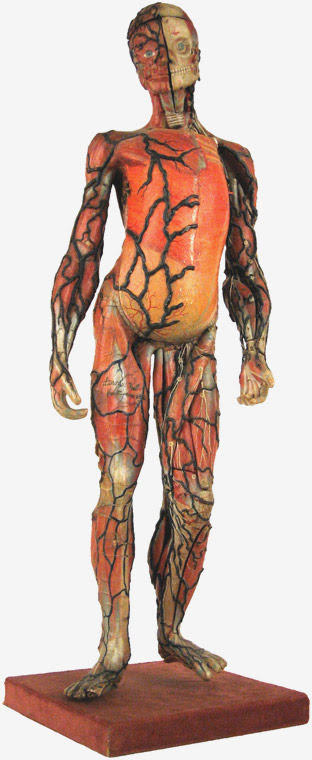An affordable model
The human model in the Whipple Museum's collection is much smaller than life-size, standing 60cm high. Sold at a price of 250 francs, it was made to be affordable for smaller institutions and individuals. The model was made using Auzoux's secret papier-maché mixture, mounted upright on a metal rod.
Like all of Dr. Auzoux's models, the human can be taken apart and reassembled. The chest opens up to reveal the inner organs and parts of the head can be removed to show the skull.
The models' colour scheme is a combination of naturalistic colours and schematic colours that make certain features stand out. Veins and arteries were painted blue and red, whilst adjoining muscles were coloured in brighter and darker shades of red.
Improving public health
Dr. Auzoux's vision, and that of his supporters, was that his models should be used to educate the public about health matters. The model-maker thought that physical and moral well-being were inseparable, and essential for a harmonious society. Auzoux claimed that with his models even beginners could learn anatomy and physiology without the help of a teacher.
'Cardboard dummies'
Some observers at the time doubted that the models could aid self-improvement. The novelist Gustave Flaubert, who had once rented an Auzoux model himself, ridiculed the 'cardboard dummies' in his 1881 satire Bouvard and Pécuchet. In his novel, Flaubert mocked the enthusiastic efforts of two amateur scientists to learn about the secrets of the human body. Despite their careful use of an Auzoux model, they did not achieve their desired level of learning:
"When they were tired of one organ they passed to another, and in this way they successively began and abandoned the heart, stomach, ear, intestines, for the cardboard dummy bored them terribly in spite of their efforts to take an interest in it." (1)


